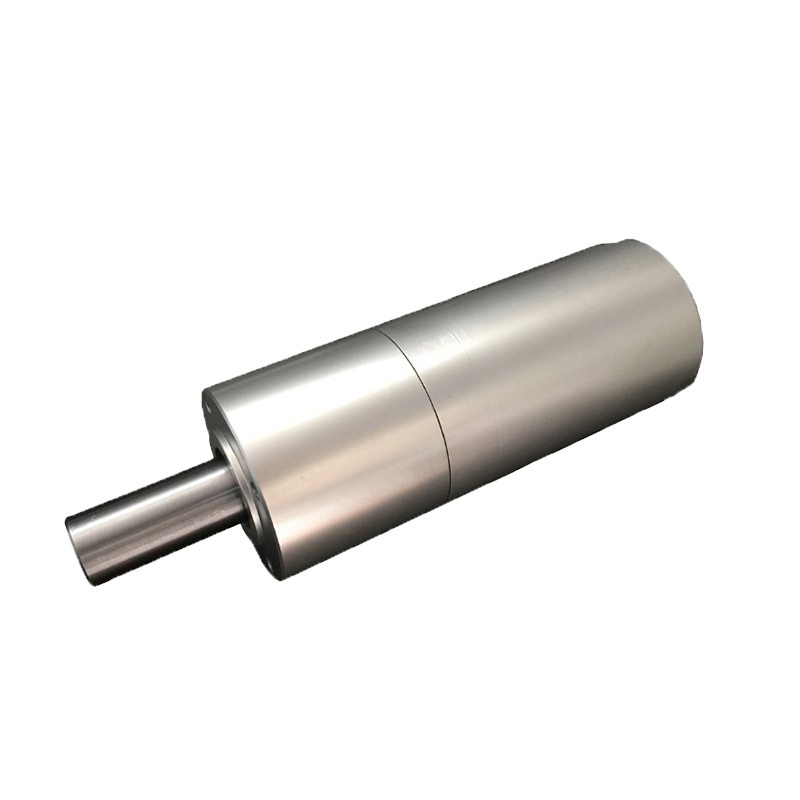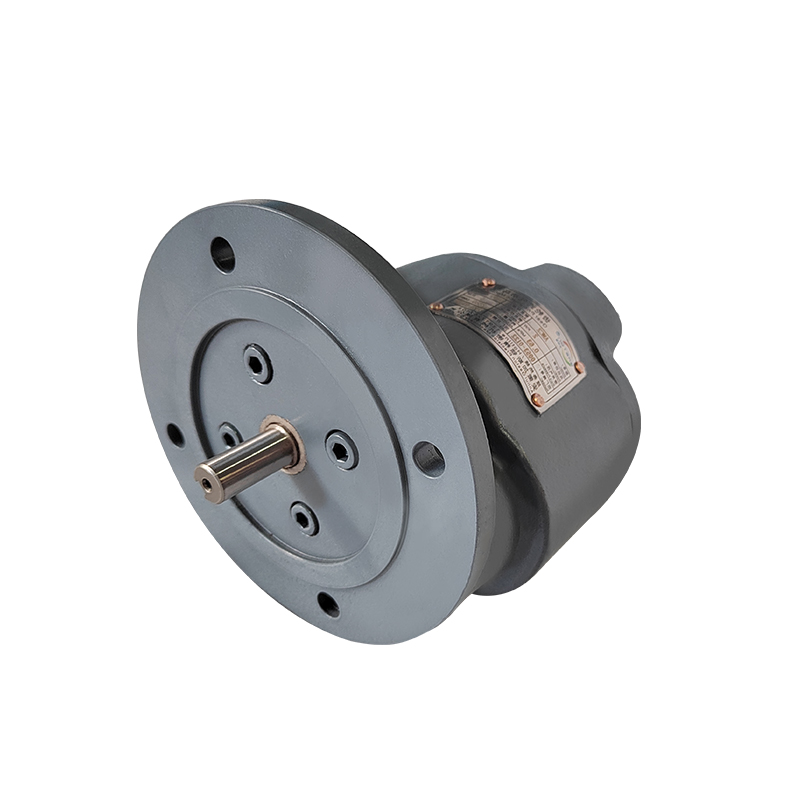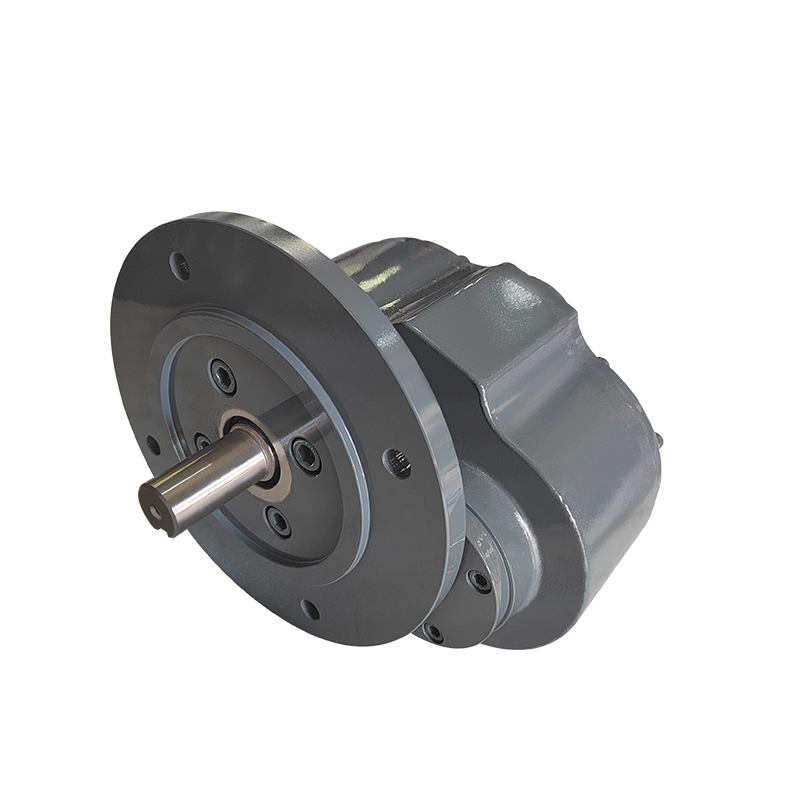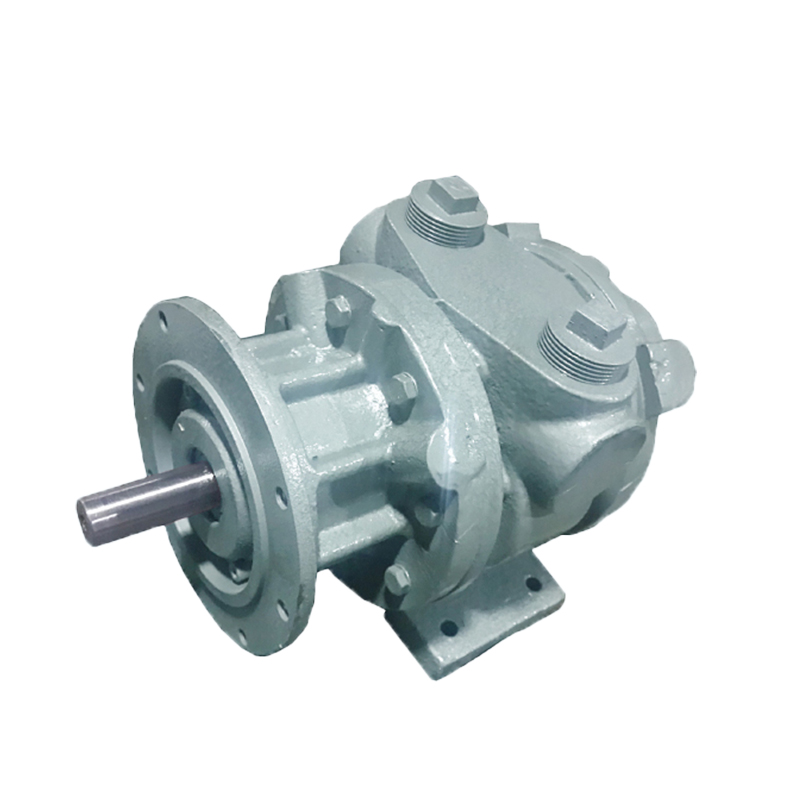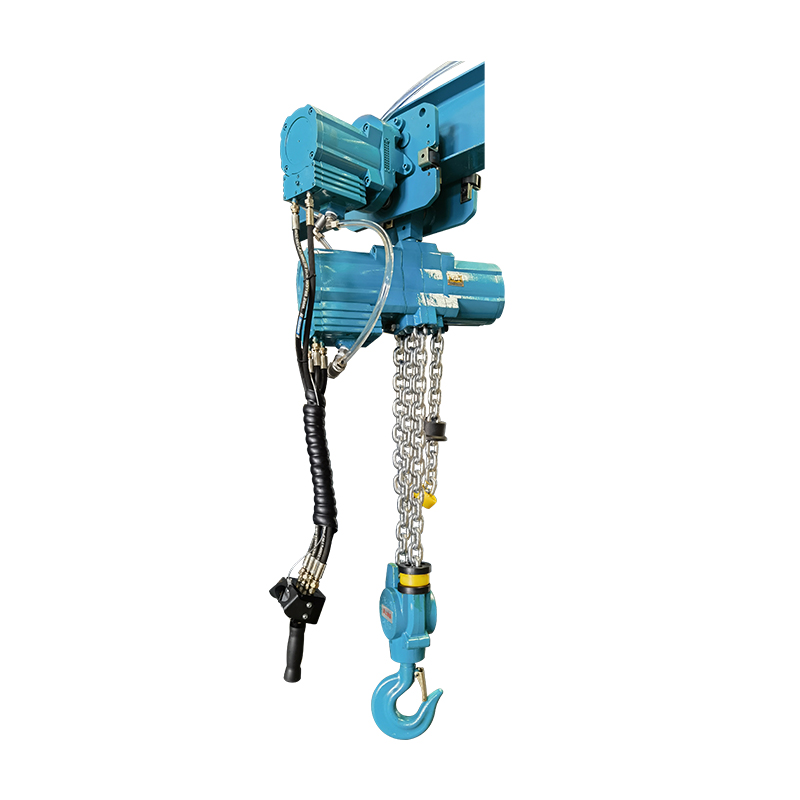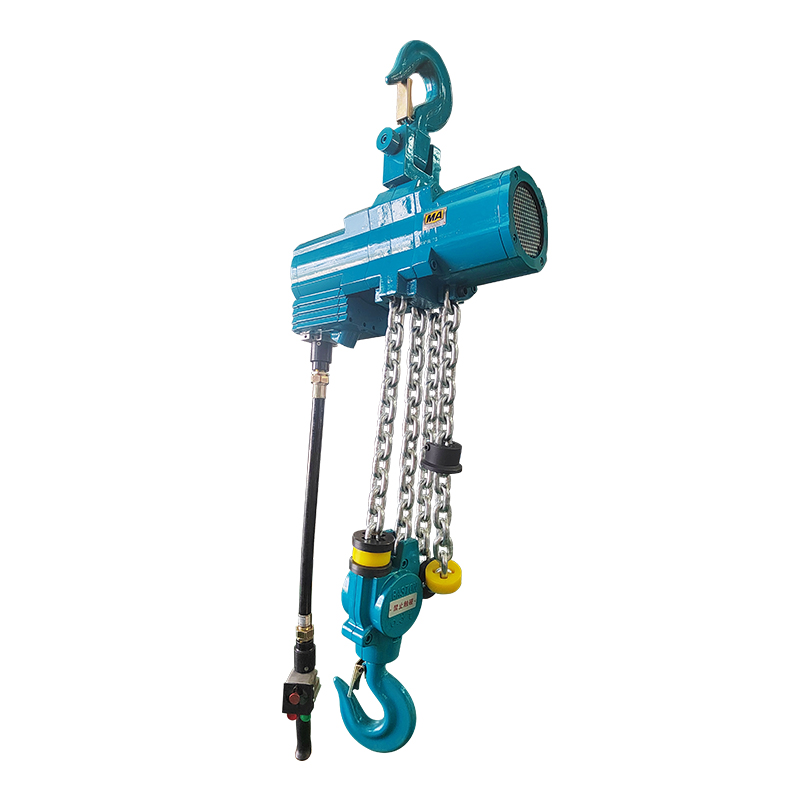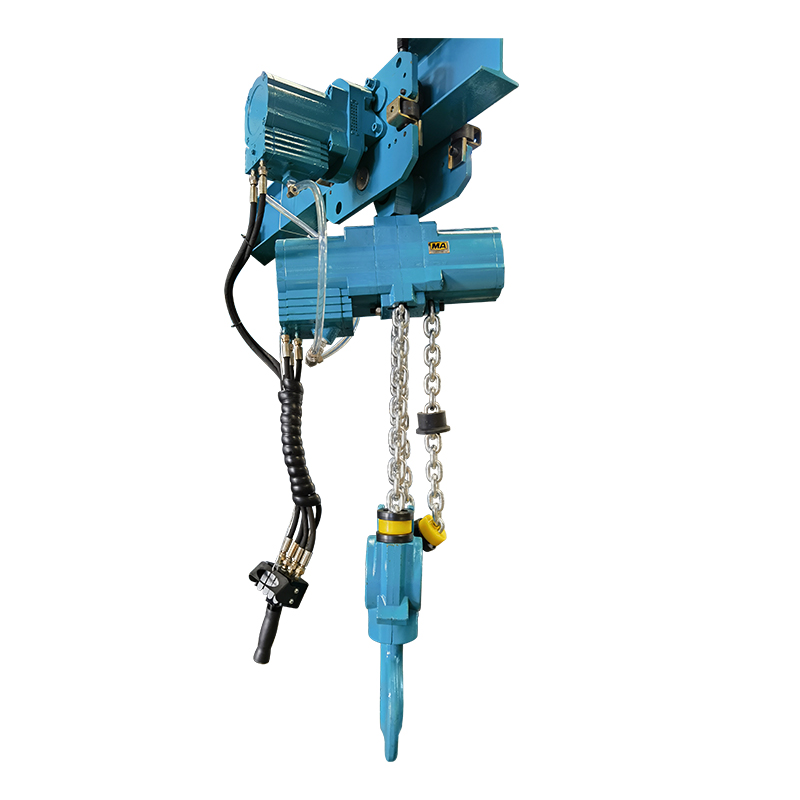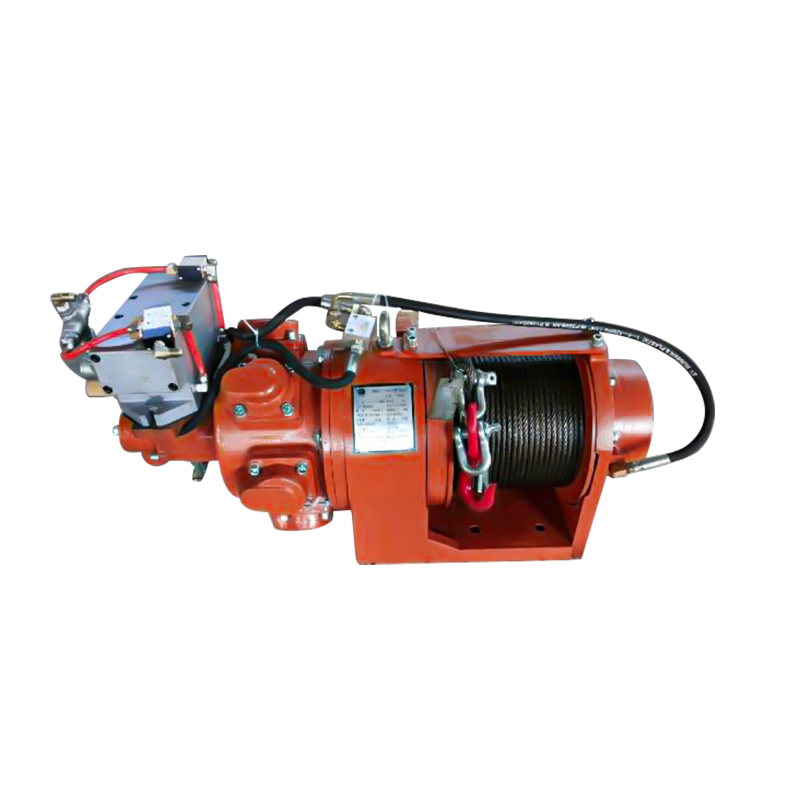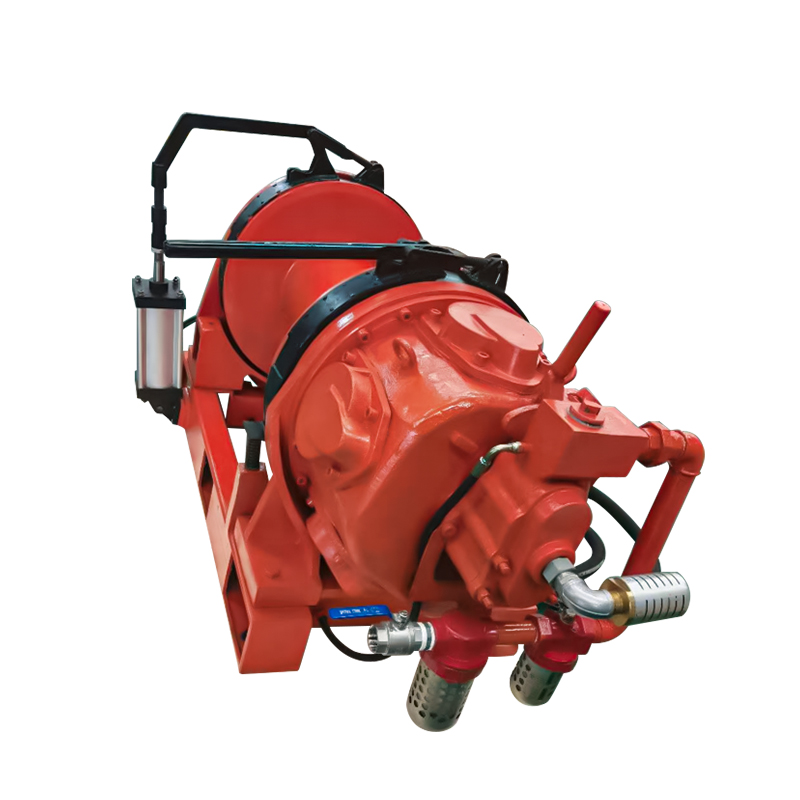Submit feedback
Pneumatic Industrial Fans: Efficient ventilation equipment helps modern manufacturing upgrade
 2025.06.01
2025.06.01
 Industry News
Industry News
In modern industrial environments, the importance of ventilation equipment is self-evident. Among the many ventilation solutions, Pneumatic Industrial Fans are widely used in metallurgy, mining, chemical industry, textile, pharmaceutical and other fields due to their safety, efficiency and strong adaptability.
1. What is an industrial pneumatic fan?
An industrial pneumatic fan is a device that uses compressed air as a power source to drive the impeller to rotate, thereby achieving air circulation, smoke and dust emission or cooling ventilation. Unlike traditional electric fans, pneumatic fans do not require electric drive and are particularly suitable for places with explosion-proof requirements or limited power supply.

Its main structures include: pneumatic motor, impeller, housing, bracket, silencer and control system. Depending on the purpose and structure, common forms include axial flow, centrifugal, mixed flow, etc.
2. Core advantages of industrial pneumatic fans
1. Safe and explosion-proof, suitable for high-risk environments
Since pneumatic fans do not generate electric sparks, they can be safely used in flammable and explosive environments such as coal mines, oil fields, and chemical plants, and comply with explosion-proof standards such as ATEX.
2. High reliability and low maintenance cost
The internal structure of pneumatic fans is simple, with fewer moving parts and a low failure rate during operation. The pneumatic motor itself has good durability and only needs regular lubrication, which reduces long-term maintenance costs.
3. Fast start-up and flexible speed regulation
The speed can be flexibly controlled by adjusting the air source pressure, with fast response speed, which is suitable for scenarios that require fast start and stop or variable speed operation.
4. Strong resistance to high temperature and wide environmental adaptability
Compared with electric fans, pneumatic fans can better withstand extreme temperatures (high or low temperatures) and harsh environments such as high humidity, high dust, and high corrosion.
3. Typical application scenarios of pneumatic fans
1. Mining ventilation and dust extraction system
In closed spaces such as underground mines and tunnels, pneumatic fans can be used for forced ventilation, dust exhaust and exhaust to ensure construction safety.
2. Explosion-proof environment in the chemical and oil and gas industries
Electrical equipment is generally prohibited near chemical reaction equipment and oil tank areas, making pneumatic fans an ideal choice.
3. Shipbuilding and maintenance industry

In the ventilation operation of confined spaces on ships, pneumatic fans are small in size and portable, suitable for use in cabins, cargo holds and other locations.
4. Ventilation and cooling of high-temperature industrial furnaces
In high-temperature environments such as smelters, electric furnace workshops, and ceramic kilns, electric fans are difficult to operate for a long time, while pneumatic fans can maintain stable operation.
4. Selection and use precautions of pneumatic fans
1. Select the fan type according to the use scenario
Large space and high air volume demand: axial flow pneumatic fans are preferred
High pressure demand and complex air ducts: suitable for centrifugal pneumatic fans
Comprehensive air volume and air pressure requirements: mixed flow fans can be selected
2. Pay attention to air source matching
Different models of fans have different requirements for compressed air flow and pressure. Ensure that the factory air source meets the operating requirements. The generally recommended air source pressure is between 0.4 and 0.8 MPa.
3. Pay attention to air intake filtration and lubrication
In order to extend the life of the fan, an air filter and an automatic oiler should be installed at the air source inlet to prevent impurities and lack of oil from causing motor wear.
4. Check the rationality of the ventilation system pipeline
The air duct layout should minimize elbows and local resistance to improve the overall efficiency of the fan.
V. Future development trend of industrial pneumatic fans
1. Intelligent control system integration
New pneumatic fans are equipped with sensors and intelligent control modules to realize real-time monitoring of wind speed, wind pressure and air consumption, and realize automatic control in conjunction with PLC systems.
2. Technical progress of high-efficiency pneumatic motors
Pneumatic motors will develop towards higher energy efficiency and lower air consumption, increase air volume output per unit energy consumption, and reduce operating costs.
3. Green and environmentally friendly drive design
With the advancement of the "dual carbon" goal, the energy-saving characteristics of pneumatic fans will be further valued, and their power-free operation and zero-emission characteristics meet the standards for green factory construction.
In the context of increasingly complex industrial production and high safety requirements, Pneumatic Industrial Fans have become irreplaceable ventilation equipment in many industries with their unique explosion-proof, safe, and durable characteristics. With the continuous development of technology and the expansion of application fields, pneumatic fans will undoubtedly play a more important role in the future industrial manufacturing system.


 English
English русский
русский Français
Français Español
Español 中文简体
中文简体 عربى
عربى

